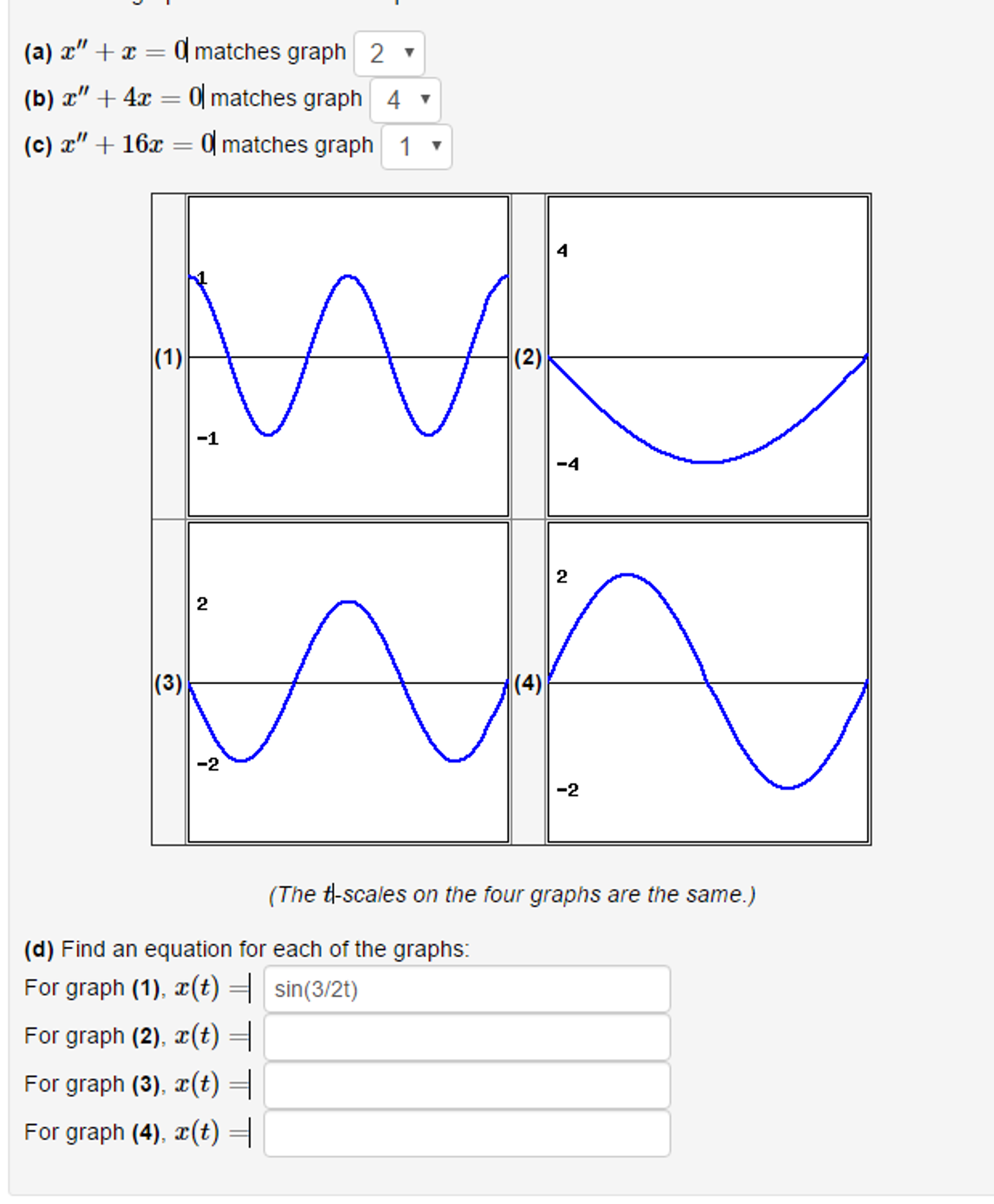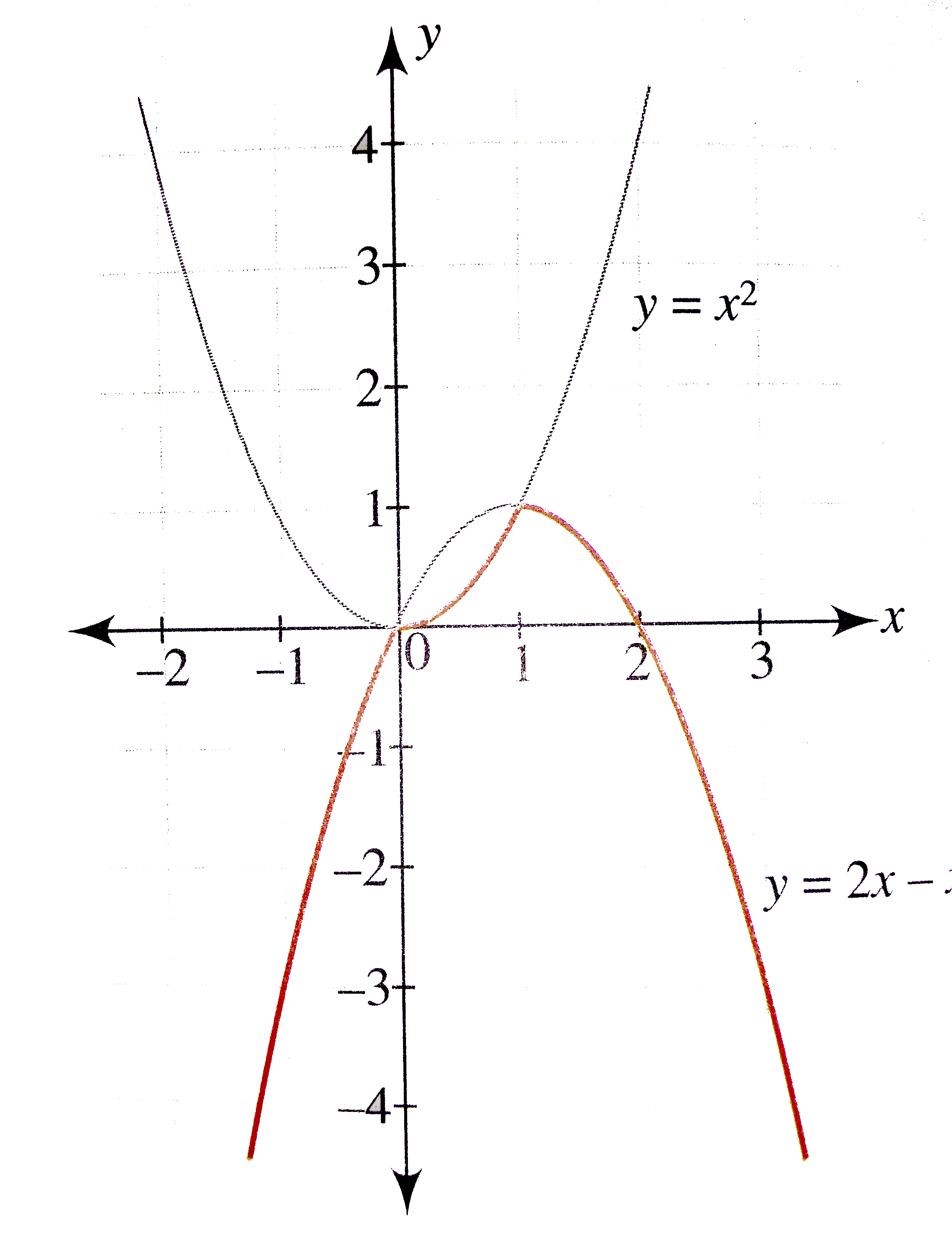Have you ever wondered what happens when you take an equation like x x x x equals 4x and visualize it on a graph? Well, buckle up because we're diving deep into this mathematical concept and making it super simple for you to understand. This isn’t just about numbers and graphs; it’s about how equations shape our world. Whether you're a student trying to ace your math test or someone curious about how math works, this article’s got you covered.
Mathematics can sometimes feel like a foreign language, right? But trust me, once you break it down, it’s not as scary as it seems. Today, we’re going to explore the equation "x x x x is equal to 4x" and how it looks on a graph. This equation might sound complex, but by the end of this article, you'll be able to explain it to your friends with confidence.
So, why are we focusing on this specific equation? Well, it’s a great example of how algebra and graphing intersect. Understanding how to graph equations like this one will give you a solid foundation for more complex math concepts. Plus, it’s just plain cool to see how numbers and lines come together to tell a story.
What Does the Equation "x x x x is Equal to 4x" Mean?
Alright, let’s start with the basics. The equation "x x x x is equal to 4x" can be rewritten as \(x^4 = 4x\). This might look intimidating at first glance, but it’s actually quite straightforward. It’s basically saying that if you take a number, raise it to the fourth power, and then compare it to four times that same number, they should be equal.
Now, here’s where it gets interesting. This equation has solutions, or roots, that we can find by solving it. But before we get into that, let’s talk about why this equation matters. It’s not just some random math problem; it’s a great way to understand how different powers of a variable interact with each other.
Breaking Down the Equation
Let’s break it down step by step. The equation \(x^4 = 4x\) can be rewritten as \(x^4 - 4x = 0\). This might look a little more complicated, but it’s actually helping us get closer to finding the solutions. By factoring this equation, we can rewrite it as \(x(x^3 - 4) = 0\). Now, we’re getting somewhere!
From this factored form, we can see that the solutions are \(x = 0\) and \(x^3 = 4\). The second solution can be further simplified to \(x = \sqrt[3]{4}\), which is the cube root of 4. So, we have two key solutions: \(x = 0\) and \(x = \sqrt[3]{4}\).
How to Graph the Equation
Now that we understand the equation, let’s talk about how to graph it. Graphing is a powerful tool in mathematics because it allows us to visualize relationships between variables. For the equation \(x^4 = 4x\), we’re looking at a curve that intersects the x-axis at the solutions we just found.
When you plot this equation on a graph, you’ll notice that it has a unique shape. It starts at the origin (0,0) and then curves upward as x increases. The curve also dips below the x-axis for negative values of x, creating a symmetrical shape.
Steps to Graph the Equation
- Start by plotting the solutions \(x = 0\) and \(x = \sqrt[3]{4}\) on the x-axis.
- Then, plot a few points by substituting different values of x into the equation \(y = x^4 - 4x\).
- Connect the points with a smooth curve to create the graph.
By following these steps, you’ll get a clear picture of how the equation behaves. It’s like watching a mathematical story unfold right before your eyes.
Why is This Equation Important?
So, why should you care about this equation? Well, it’s a great example of how algebra and graphing work together. Understanding equations like this one helps you build a strong foundation in mathematics, which is essential for many fields, from engineering to economics.
Plus, equations like this one are used in real-world applications. For example, they can be used to model population growth, predict economic trends, or even analyze data in scientific research. So, while it might seem like just another math problem, it has practical applications that affect our daily lives.
Real-World Applications
Let’s take a look at some real-world examples where this type of equation might be used:
- Population Growth: In biology, equations like this can be used to model how populations grow over time.
- Economic Forecasting: Economists use similar equations to predict trends in the stock market or consumer behavior.
- Physics: In physics, equations like this can describe the motion of objects or the behavior of particles.
As you can see, this equation isn’t just a theoretical concept; it has real-world implications that affect our lives in meaningful ways.
Understanding the Graph’s Behavior
Now that we’ve graphed the equation, let’s talk about its behavior. What does the graph tell us about the equation? Well, it shows us how the relationship between \(x^4\) and \(4x\) changes as x increases or decreases.
For small values of x, the term \(4x\) dominates, which is why the graph starts at the origin and then dips below the x-axis for negative values. As x increases, the term \(x^4\) becomes more significant, causing the graph to curve upward rapidly.
Key Features of the Graph
- X-Intercepts: The graph intersects the x-axis at \(x = 0\) and \(x = \sqrt[3]{4}\).
- Symmetry: The graph is symmetrical about the y-axis, meaning it behaves the same way for positive and negative values of x.
- Turning Points: The graph has turning points where the slope changes from positive to negative or vice versa.
These features help us understand the equation’s behavior and make predictions about how it will act under different conditions.
Common Misconceptions About the Equation
There are a few common misconceptions about equations like \(x^4 = 4x\). For example, some people think that all solutions must be integers, but that’s not true. As we saw earlier, one of the solutions is \(x = \sqrt[3]{4}\), which is an irrational number.
Another misconception is that the graph will always be a straight line. In reality, the graph of this equation is a curve that changes shape depending on the values of x. Understanding these misconceptions is key to mastering the equation.
How to Avoid These Misconceptions
- Always double-check your solutions by substituting them back into the original equation.
- Use graphing tools to visualize the equation and see how it behaves.
- Don’t assume that all solutions must be integers or rational numbers.
By keeping these tips in mind, you’ll be able to avoid common pitfalls and gain a deeper understanding of the equation.
Tips for Solving Similar Equations
If you’re trying to solve similar equations, here are a few tips to help you get started:
- Factor the Equation: Factoring is a powerful tool that can help you simplify the equation and find its solutions.
- Use Substitution: Substituting values into the equation can help you check your work and ensure that your solutions are correct.
- Graph the Equation: Graphing is a great way to visualize the equation and see how it behaves.
These tips will help you tackle even the most complex equations with confidence.
Practice Problems
Here are a few practice problems to help you sharpen your skills:
- Solve the equation \(x^3 = 3x\).
- Graph the equation \(y = x^3 - 3x\).
- Find the solutions to the equation \(x^2 = 2x\).
By working through these problems, you’ll gain a deeper understanding of how equations like \(x^4 = 4x\) work.
Conclusion
In conclusion, the equation \(x^4 = 4x\) is a fascinating example of how algebra and graphing intersect. By understanding its solutions, behavior, and real-world applications, you’ll gain a deeper appreciation for the power of mathematics. Whether you’re a student, a professional, or just someone curious about math, this equation has something to offer everyone.
So, what’s next? Why not try graphing the equation yourself or working through some of the practice problems we discussed? And don’t forget to leave a comment or share this article with your friends. Together, we can make math less intimidating and more approachable for everyone.
Table of Contents
- What Does the Equation "x x x x is Equal to 4x" Mean?
- How to Graph the Equation
- Why is This Equation Important?
- Understanding the Graph’s Behavior
- Common Misconceptions About the Equation
- Tips for Solving Similar Equations
- Practice Problems
- Conclusion



Detail Author:
- Name : Lyla Barton
- Username : hertha.oconnell
- Email : zmante@hotmail.com
- Birthdate : 1996-01-15
- Address : 77541 Kemmer Wall Suite 913 Port Karsonville, AK 41769
- Phone : +1 (681) 640-6041
- Company : Weissnat, Bergnaum and Vandervort
- Job : Automotive Technician
- Bio : Maiores nulla quod minus et. Qui debitis deleniti vel iusto. Iure voluptas velit animi aut laudantium.
Socials
facebook:
- url : https://facebook.com/ahaley
- username : ahaley
- bio : Similique ipsum ut omnis laboriosam autem earum molestiae.
- followers : 723
- following : 445
tiktok:
- url : https://tiktok.com/@arnulfo4258
- username : arnulfo4258
- bio : Ullam distinctio sequi rerum in.
- followers : 6371
- following : 2358
linkedin:
- url : https://linkedin.com/in/arnulfo.haley
- username : arnulfo.haley
- bio : Autem eum commodi eos reiciendis.
- followers : 2671
- following : 381